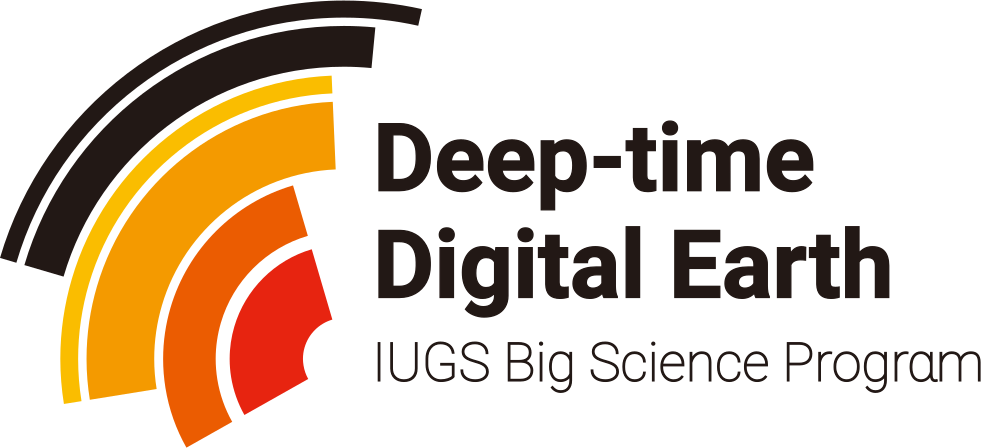
Enhanced-definition television

Enhanced-definition television, or extended-definition television (EDTV) is a Consumer Electronics Association (CEA) marketing shorthand term for certain digital television (DTV) formats and devices. Specifically, this term defines formats that deliver a picture superior to that of standard-definition television (SDTV) but not as detailed as high-definition television (HDTV). Enhanced-definition television, or extended-definition television (EDTV) is a Consumer Electronics Association (CEA) marketing shorthand term for certain digital television (DTV) formats and devices. Specifically, this term defines formats that deliver a picture superior to that of standard-definition television (SDTV) but not as detailed as high-definition television (HDTV). The term refers to devices capable of displaying 480-line or 576-line signals in progressive scan, commonly referred to as 480p (NTSC-HQ) and 576p (PAL) respectively, as opposed to interlaced scanning, commonly referred to as 480i (NTSC) or 576i (PAL). High-motion is optional for EDTV.


